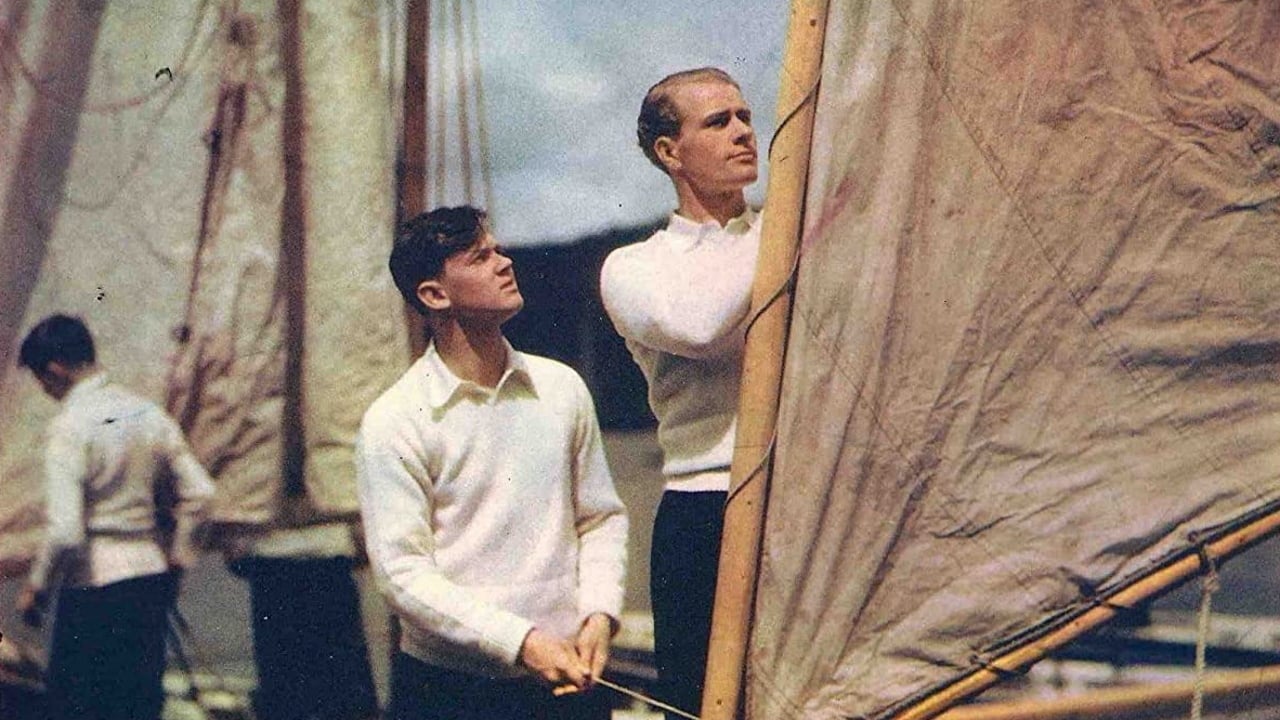

Slow pace in the most part of the movie.
... View MoreA bit overrated, but still an amazing film
... View MoreOk... Let's be honest. It cannot be the best movie but is quite enjoyable. The movie has the potential to develop a great plot for future movies
... View MoreThis movie feels like it was made purely to piss off people who want good shows
... View MoreSONS OF THE SEA is a rather dated spy thriller set in and around the naval training college in Dartmouth. The film opens with the murder of an official and sees his replacement investigating the crime, suspecting that he himself may have been the intended target. Meanwhile a visiting secret service agent looks into the murder while the antics of a local astronomer also raise suspicion.This film is chiefly of note for both the way in which it was made and the way it was filmed. It came out in 1939 just at the outset of WW2 and the enemies are obviously Nazis although they are never mentioned as such by name. The most interesting thing about this though is that it was actually made in colour thanks to a process called Dufaycolor. It was only used for this one film but is pretty decent and a good rival to the more popular Technicolor process.Otherwise this is pretty heavy going, lacking the lightness of touch of many other thrillers from the era. There's no humour to speak of, just a lot of heavy emoting and back-and-forth conversations. I found the acting of the protagonists to be more than a little stuffy as well which also sapped my enjoyment. And the ending just sort of dawdles along instead of being exciting like it should be.
... View MoreI saw this film when it first came out just after the war started and enjoyed it for what it was - a schoolboy adventure story (I was then thirteen). I next found it in Singapore showing at the Cathey cinema in 1945; it was reputed to have been found on the premises after the Japanese surrendered, having survived the occupation in the manager's custody.Since I sensibly recorded it one afternoon I have found it a "once a year" nostalgic one-off. The scenes of the RNC Dartmouth are absolutely genuine and the local settings a good historical record. The Dartmouth Railway station is still there today: it never had a railway line, passengers had to cross to Kingswear on the ferry to catch a train. Finally - the police sergeant's role was played by my actor uncle, but IMDb was no record!
... View MoreAn early British colour movie from the 1930's (the only others that spring to mind are The Divorce of Lady X and The Four Feathers) but sadly not as enjoyable as the other two. As has been mentioned, this showcases the Dufaycolour film process and it does good give results; making the 1930's colourful without overpowering the viewer with garish colours (compare with other early Technicolour movies). The shots of lovely Devon countryside are a bonus as well: As a recent visitor to Devon, I was amazed to recognise Dartmouth, Slapton and Brixham in this movie, all of which seems little changed to this day.The plot is plodding and so so. The direction stilted and stiff and the acting is, at times, woeful but this is all balanced by a intriguing look, in colour, of an era long gone.
... View MoreI first saw "Sons Of The Sea" during the war (circa "40/41) in Victoria and was struck by the vibrant color of the film. The story line was not memorable and I completely forgot what the story was about. The only actor who's name I remember was Leslie Banks. (That may have been partly because I associated him with the FIRST color film made in the UK, "Wings Of The Morning". (I was about 15 at the time.) In later years, as I became more involved in film (working in television and later in the National Film Board of Canada, in distribution), I kept looking for some mention of this title, but to no avail. I happened to mention to my son, just the other day, about this title, since we had been discussing "Wings..", its' color and its' female lead, Annabella. Today, he called me in to my computer, where he had located IMDb on the Internet, and there was my long lost film! I'm so happy to have found it again and learn more about ITS' history, from then to now. Has a DVD been released of this film? ..or a VHS tape (NTSC!) I'll be back to check soon. Thanks again for finding me!
... View More